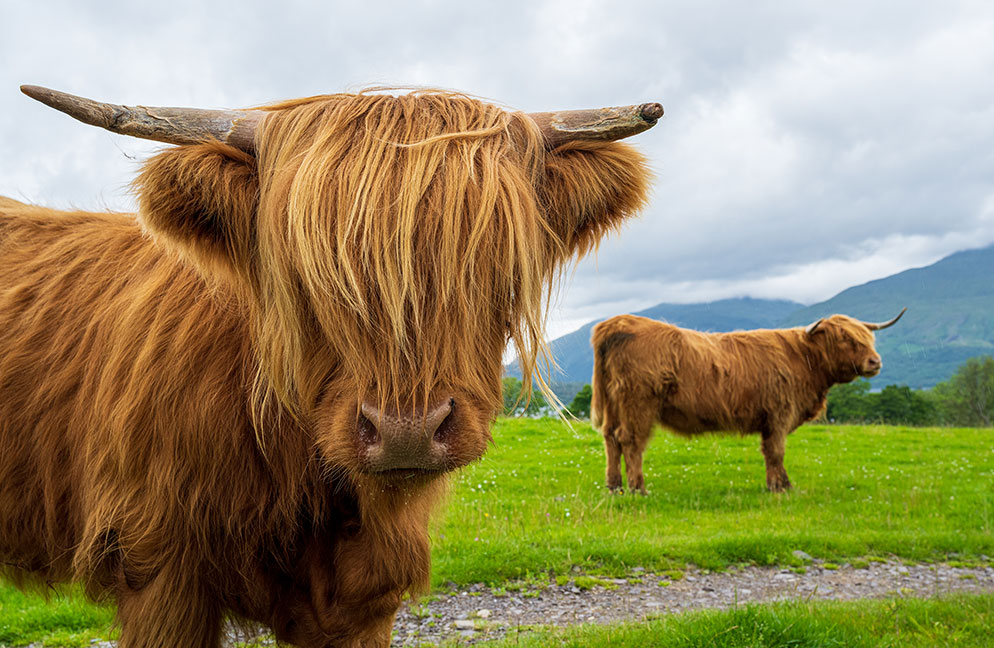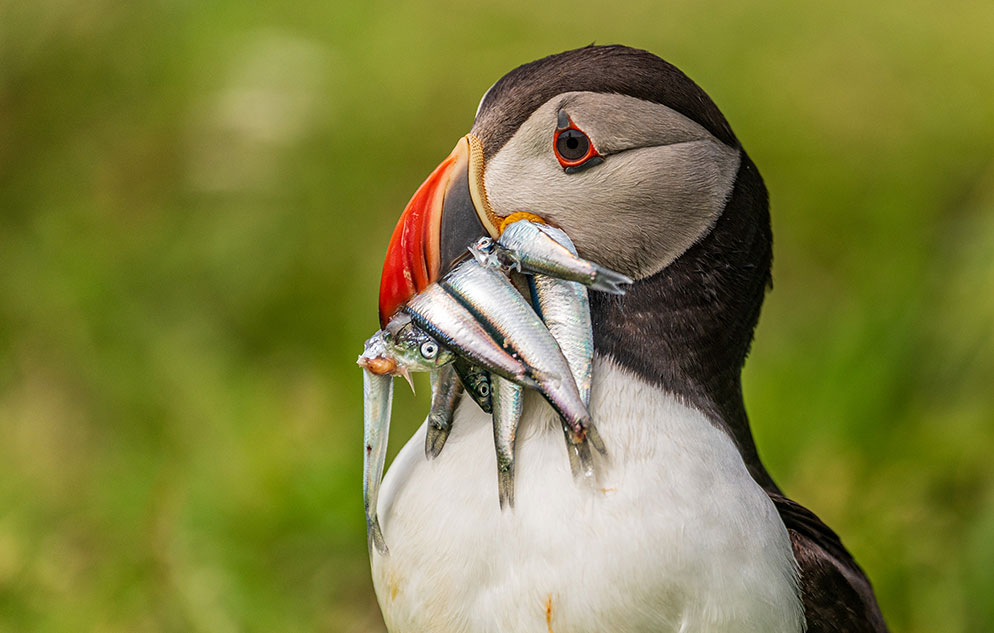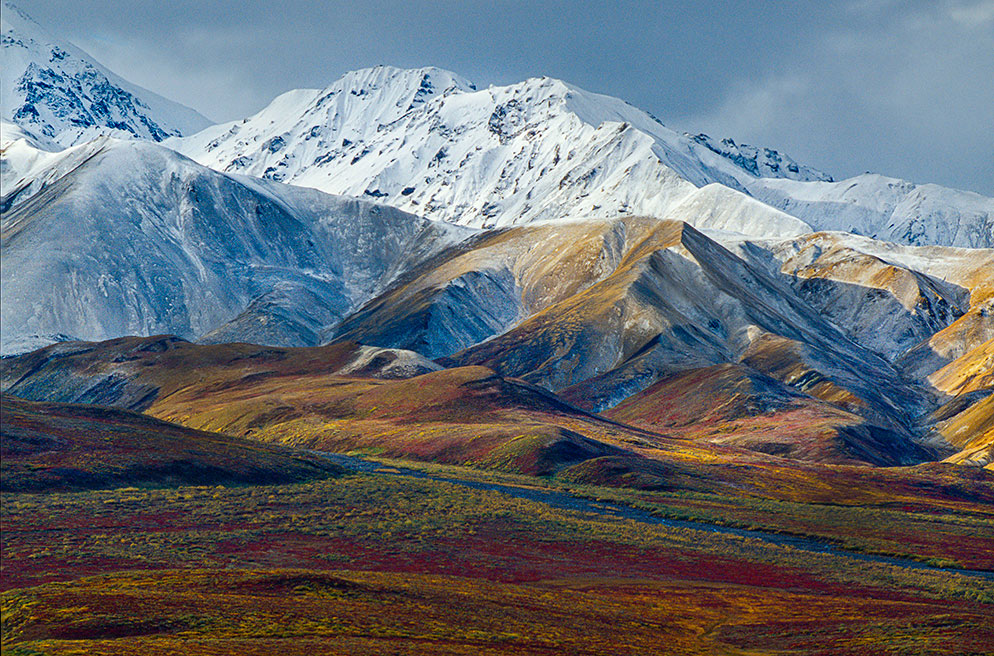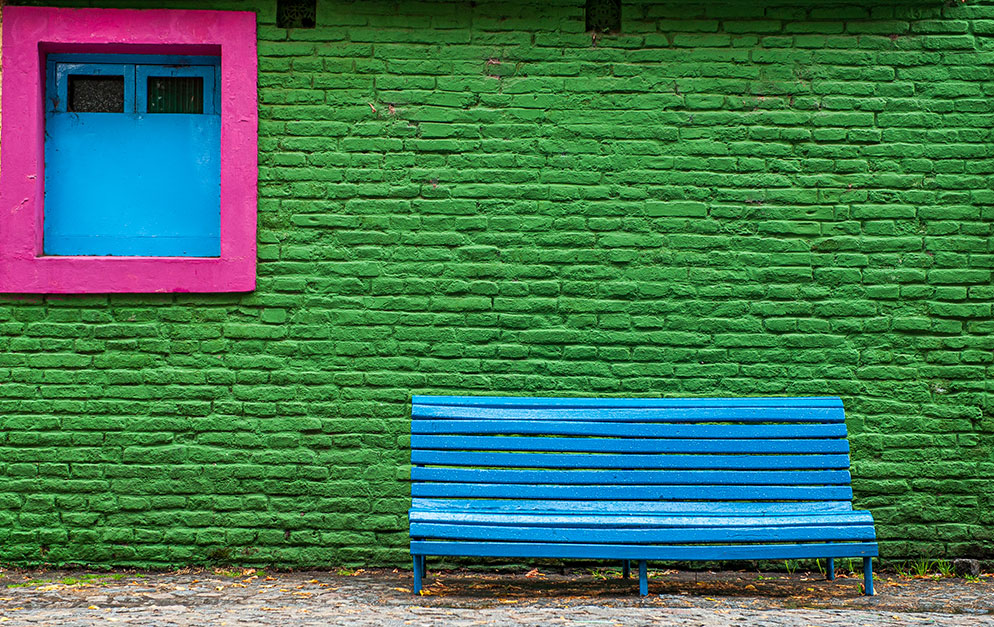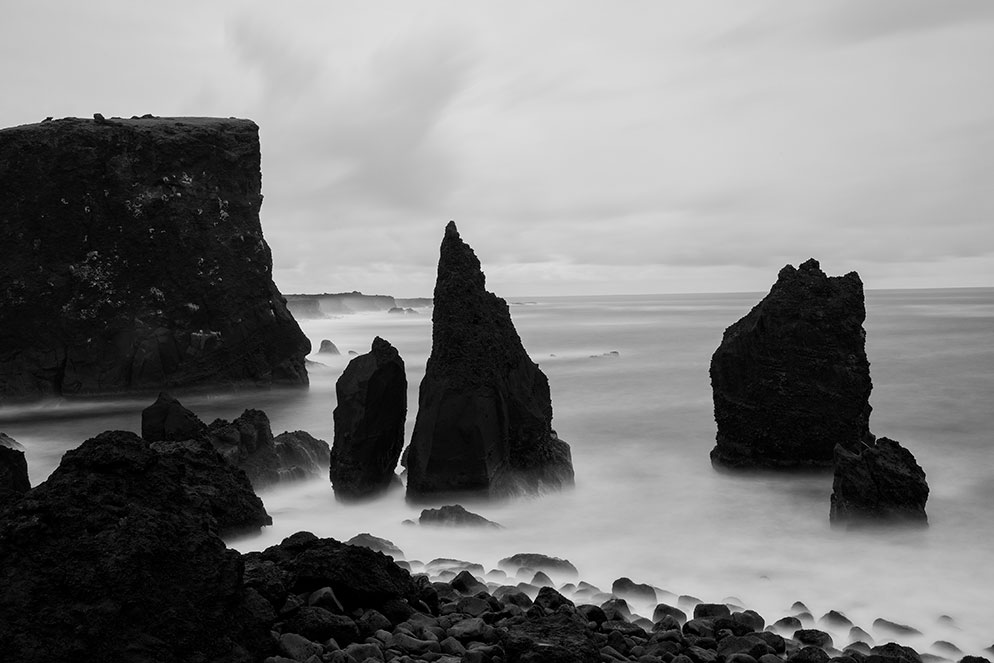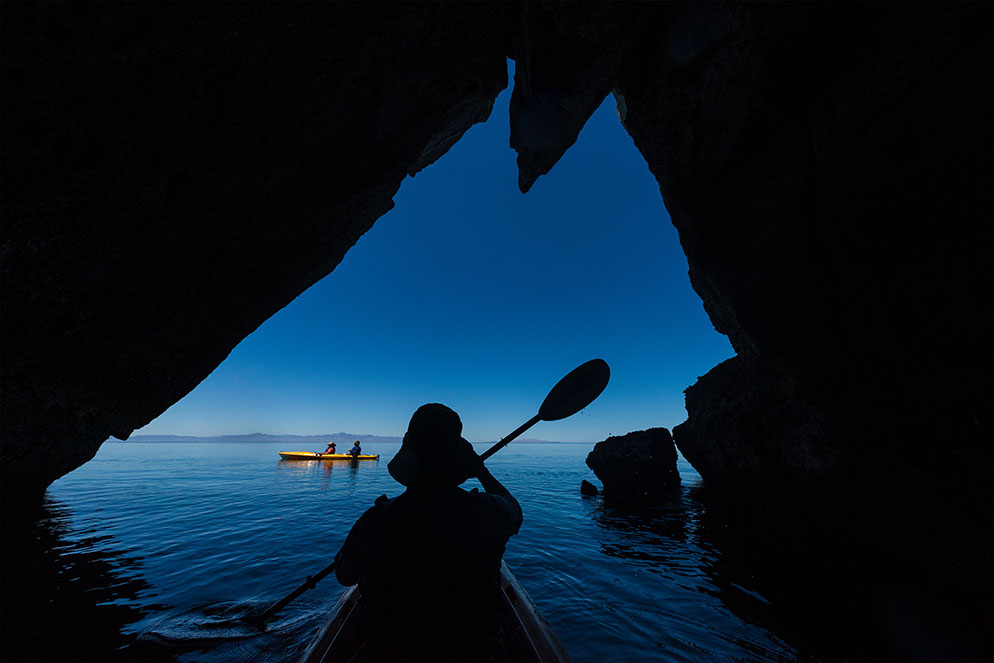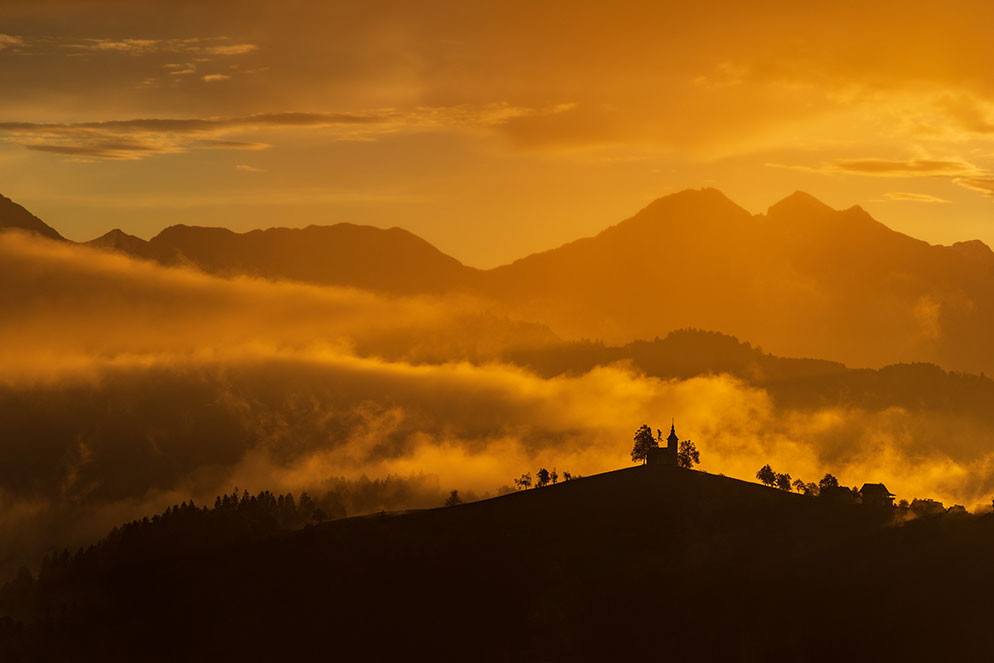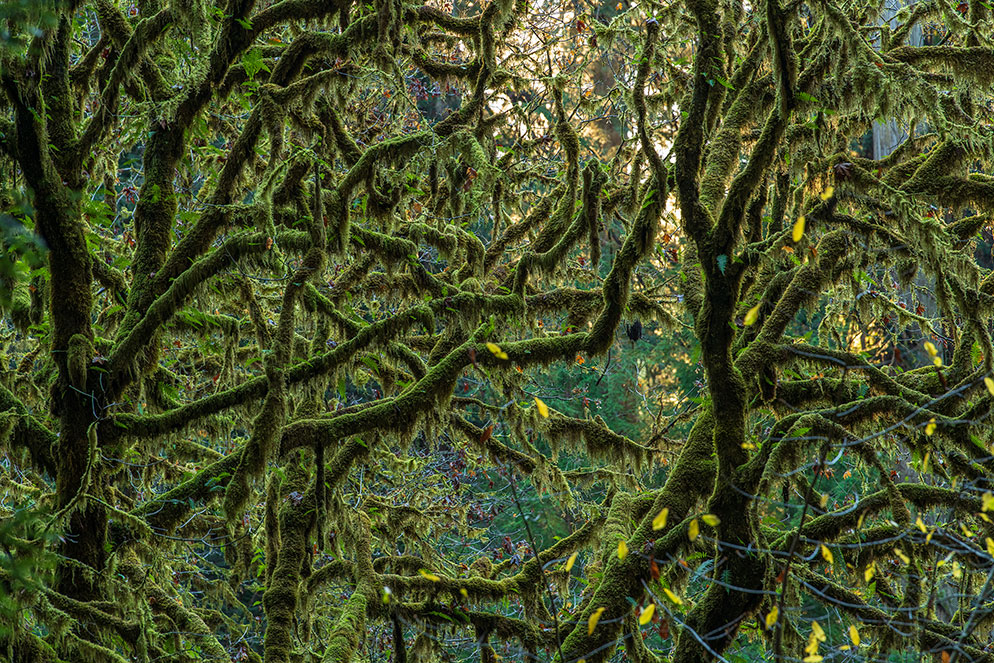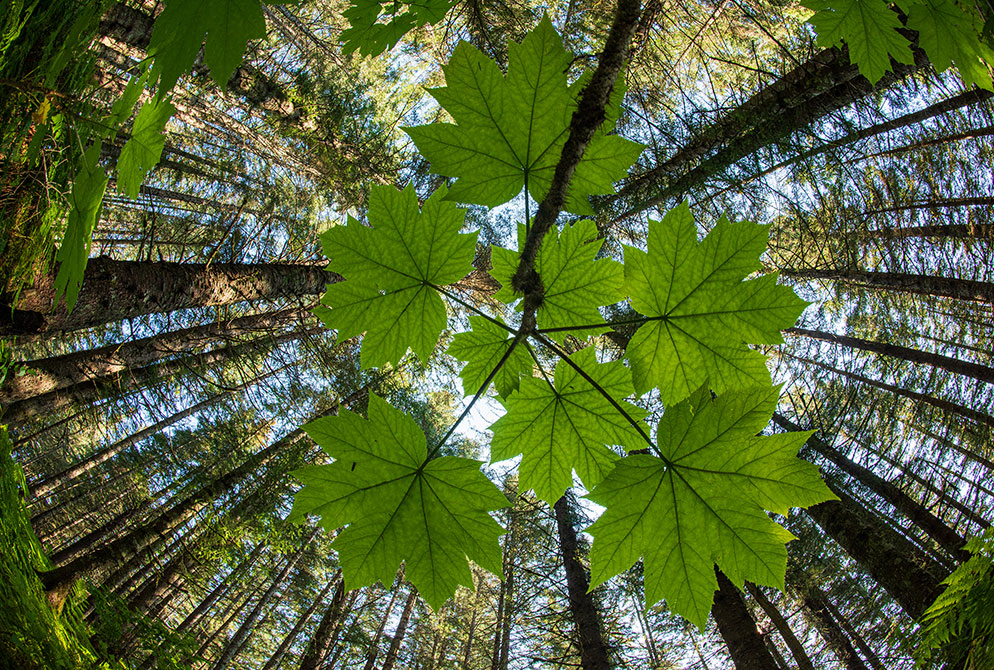The Composition Triangle
As photographers we all want to improve, stay fresh and create better images. I’ve spent the last 30 years evolving as a photographer. Teaching photography—something I’ve done my entire career—motivated me to reexamine popular concepts, and find new ways to present fundamental principles. Seeing familiar things in a different light improves creativity.
Consider the exposure triangle. We learn early on that three things affect camera exposure: shutter speed, aperture and ISO. Getting the correct exposure is key in creating a good image.
But what about creative concepts and theories? And how about the bigger picture, long term creative vision and evolution in your work? I’ve seen many photographers who quickly master the technical aspects of photography, but struggle when it comes to understanding the creative elements. And when you mention vision, that’s even harder to grasp. You can’t quantify vision. Wouldn’t it be nice if there was an overall concept that organized the fundamental parts of photography into a simple illustration? That exact question brought me to the compositional triangle. Understanding this concept and its three principles will give you a new way to envision your photography.
Scottish Highland Cattle near Edinburgh, Scotland.
The Composition Triangle
The compositional triangle consists of three elements. Camera craft refers to understanding your camera, and your ability to use its features to create photographs. Graphic design consists of your sense of design and artistry. And using both effective camera craft and graphic design allows us to bring our vision to life in photographs. Vision is where it all comes together, and gives us the satisfaction of creating a compelling photograph. If we lack in either camera craft or graphic design, we’ll have a harder time of realizing our photographic vision.
An Atlantic Puffin with sand eels, Lunga, Treshnish Isles, Scotland.
Improving on the three elements
Everyone has aspects of photography they do well, and areas that need improvement. To improve, we need to refine things we do well, and practice things we need to improve. Let’s consider the three aspects of the composition triangle, and look at a few exercises that help us improve in each area.
What I hear I forget, what I see I remember, and what I do I know.
Camera craft
One simple thing can significantly improve your camera skills. Practice, practice, practice. There is a truism in teaching; “What I hear I forget, what I see I remember, and what I do I know.” Nothing is more frustrating than trying to photograph a stunning sunset, and you miss it while trying to figure out how to set the correct exposure. You want your camera to feel like an extension of yourself. You should know your camera so well that you could change settings with your eyes closed!
Fall colors in Denali National Park, Alaska.
The ISO Experiment
ISO performance has improved dramatically. I shoot at ISO 6400 in my backyard bird blinds. ISO 12,800 looks great using my D6. Years ago I would have never photographed at such a high ISO. Take out your camera, find a low light scene, and shoot at progressively higher ISOs to see how well your camera performs. You may be limiting yourself on low light shooting and not even know it.
Multiple exposure magic
Some photographers think of multiple exposure as a party trick more than a useful technique. Nothing could be further from the truth! Combine images to create slow motion effects, create double exposure portraits, and produce abstract flower spirals (see this Learn and Explore article). Get out your camera, and experiment using multiple exposure. You may just get hooked.
The Motion Triptych
One unique aspect of photography is the ability to alter time in an image. This is powerful stuff. Think of freezing a moment in time, of a sports photographer shooting at 1/4000 and freezing every precise detail in the scene.
But just how fast of a shutter speed do you really need to freeze the action? And what is the right setting for adding a little blur to your action shot?
Try this exercise to visualize the transformational qualities of exposure.
Choose a moving object that is consistent in speed. A flowing river or clouds moving across the sky are good subjects. Now photograph them at the highest shutter speed your camera allows, and go all the way to your slowest shutter speed. Now create a triptych (three images side by side) using the slowest shutter speed image, a mid-range shutter speed image and the fastest shutter speed image. Isn’t it incredible how shutter speed and motion can transform an image?
Colorful bench in La Boca, Buenos Aires, Argentina.
Graphic Design
The Power of Color
Color is very powerful in design, and understanding color relationships and influences can significantly improve your images. Color can effect human emotion and mood. Red can signify danger, love and heat while blue implies cold, stability and loyalty. If I want my winter image to look more frigid, I may adjust my white balance to add a blue cast to the image.
Complimentary color patterns…red-green, blue-orange and yellow-purple create dynamic images that pop.
Try this self-assignment. On your next photography excursion, photograph at least one complimentary color pattern. If you can’t find them outside, try creating still life images that use these patterns. Another exercise is creating an ‘emotional landscape’ photograph by using color to influence the viewer. What response can you evoke in the viewer by using color?
Reykjanes sea stacks near Reykjavik, Iceland.
Vintage B&W
Eliminating color bias from an image simplifies the shot down to other graphic qualities. Elements like line, shape, form, texture and pattern become more apparent. One of the best creative exercises I’ve found to improve your understanding of graphic design is shoot in B&W for a day. Shooting in B&W will change how you photograph a scene. I’m always amazed at how scenes look different. Patterns and shadows seem obvious in B&W, but not in color. Give it a try, you’ll be amazed at how your awareness of graphic design improves.
Sea kayaking in a cave in Baja California, Mexico.
The Next Dimension
Line, shape, form, light and shadow are powerful parts of a photograph, and often create dimension in an image. We photograph three dimensional scenes all around us, yet these scenes are rendered two dimensional when viewed on monitors and as prints. Conveying depth and dimension in a photograph gives the image life-like qualities.
To improve dimension, try these simple tips. First, add layers to your image.
Try framing city squares through arches, or photographing landscapes framed by foreground trees.
Next, try using vanishing point. Imagine this scenario. When you stand in the middle of a road, it is wide at your feet. But as the road winds off into the distance, in narrows down to a single point, creating an illusion of going on forever. This is vanishing point; a line that starts wide in the foreground and slims to a single point in the distance. Any subject that has lines can illustrate vanishing point.
Sunrise at St. Thomas in the Skofja Loka Hills, Slovenia.
Vision
Okay, you’ve mastered your camera and have great design sense. Now’s the time to put it all together. What is your vision? Or, in other words, what creative ideas do you have for your photography. A photographer’s vision is formed from a complex set of variables. Our life experiences influence our creative ideas and vision, and help determine what we want to communicate in our photographs. But is there a way to improve your photographic vision and creativity? I think the answer is yes. Try these two tips.
Bigleaf maple tree covered in moss, Prairie Creek Redwoods State Park, California.
A ground level view of Devils Club, Glacier National Park, Montana.
Personal Project
I think the most effective way to improve your vision is by taking photographs for a personal project. A photo editor once told me the first place she goes on a photographer’s website is their ‘personal work’ page. Why? Because this shows your real passion and creativity at its core. Personal projects are unrestricted explorations into creativity and ideas, often with no set goals. Instead, you explore ideas and concepts, and photograph subjects from an original perspective. Remember, the process is just as important as the end result. Your vision expands whether you create an award-winning image or not.
Experiment
Experimentation develops vision. Early on in my career I started using strobes in adventure sports. At the time few people were doing this and I was told my work looked too commercial. I loved experimenting using flash, and I started seeing new possibilities in outdoor images using flash. My vision was transforming and expanding. Later in my career, these outdoor flash images landed me many assignments.
The composition triangle is helpful for recognizing basic photographic principles that go into every photograph. Study this concept, decide what you need to improve, and start increasing your photography skills today.

